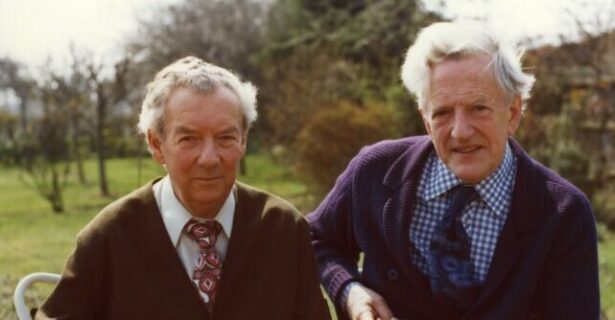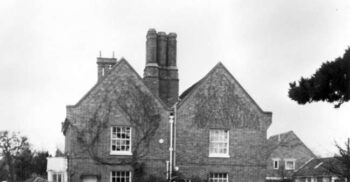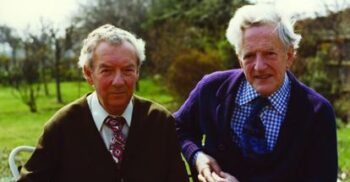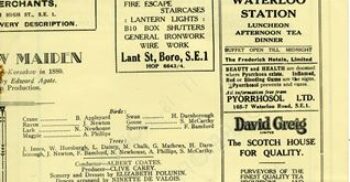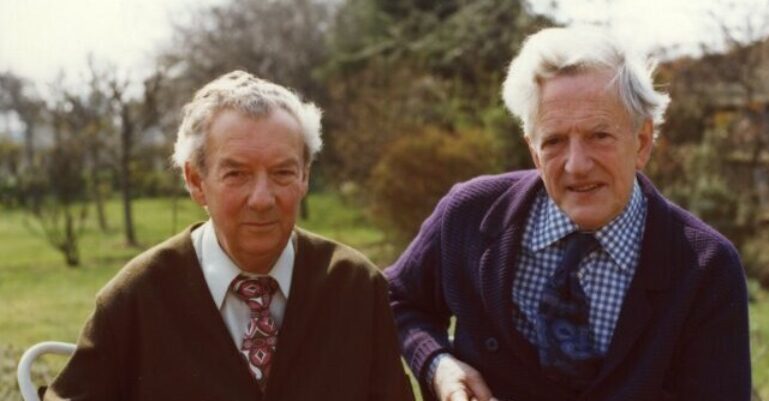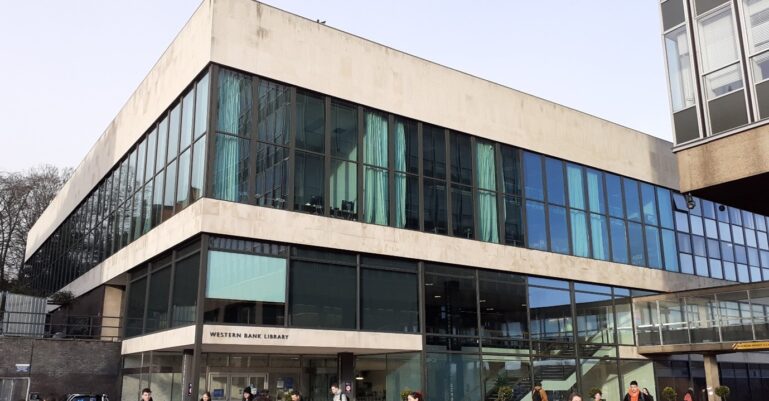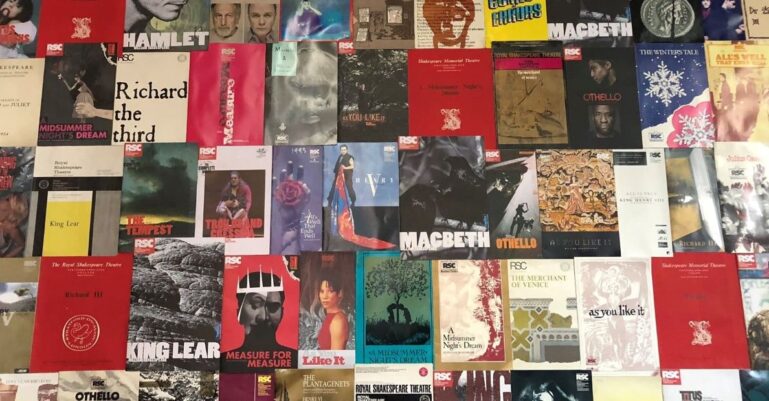- November 11th, 1935: the fifteenth Musical Festival at the Church of St Michael Cornhill, London, begins. Over the next six days, its events will including the first performance of Britten’s Te Deum, whose young composer will very shortly have his twenty-second birthday.
- November 19th, 1935: the Group Theatre, an experimental theatre company that forms part of the circle around W.H. Auden, opens its season at Westminster Theatre with Shakespeare’s Timon of Athens: music for the production is by the young Britten, his first work for the theatre.
- November 29th, 1935: Britten on piano and Remo Lauricella on violin perform a charity recital in the Royal Hotel, Lowestoft, Britten’s home town; the programme spans the centuries, starting with Handel and coming up to the present with two pieces by the young pianist.
- December 4th, 1935: the Left Theatre Group performs Easter 1916, by the Communist writer Montagu Slater. The incidental music is credited to “Benjamin”. Advertised in the programme are holidays in the USSR and a novel full of the heroism and suffering of the Durham coalfields.
Posted: Thursday, January 17th, 2019
Tagged with:
Object

Gallery
What connects our members’ collections? Here we put a spotlight on some of the curious themes that tie us together.
